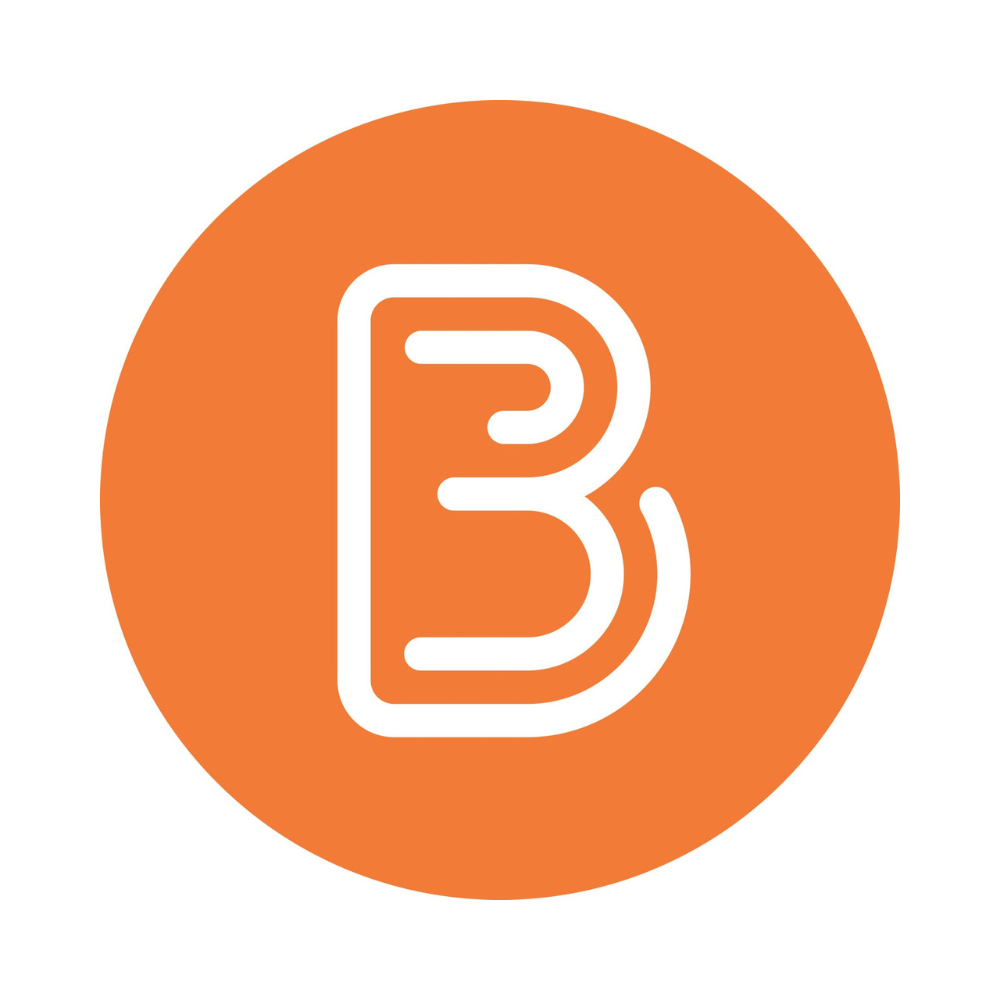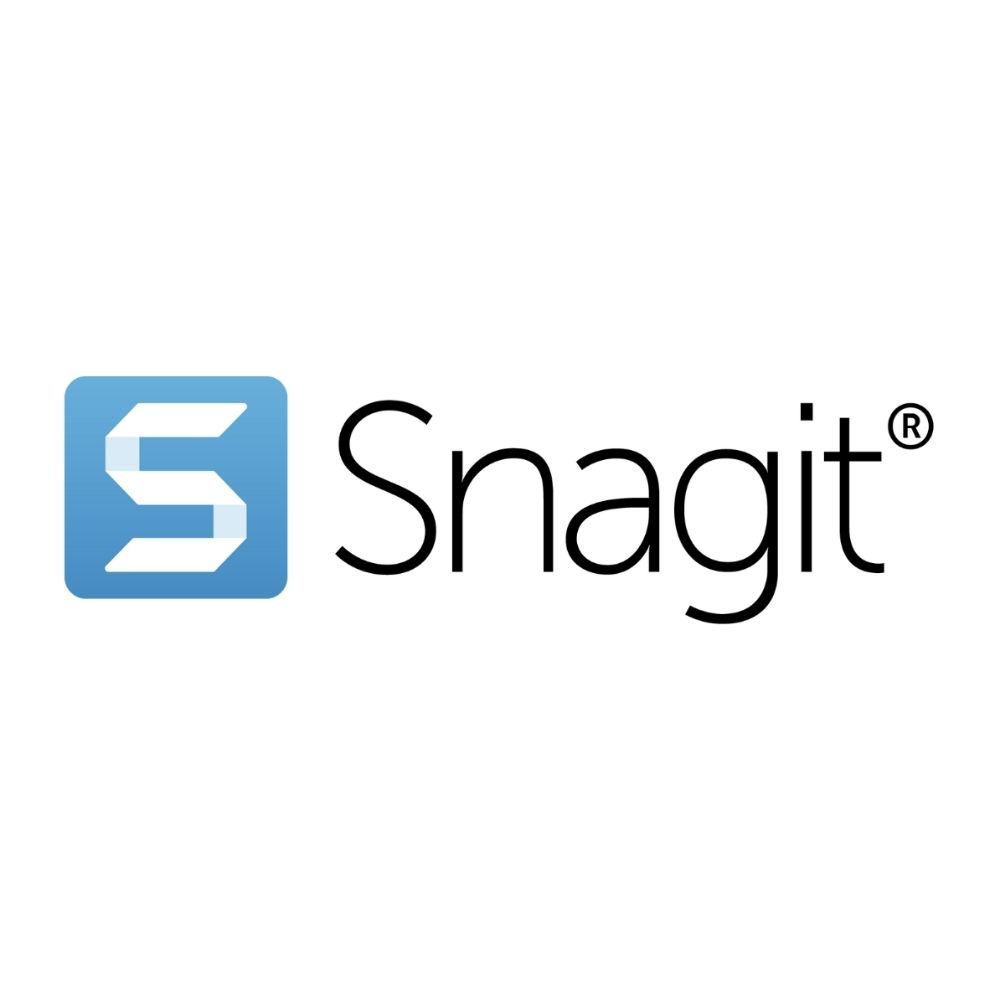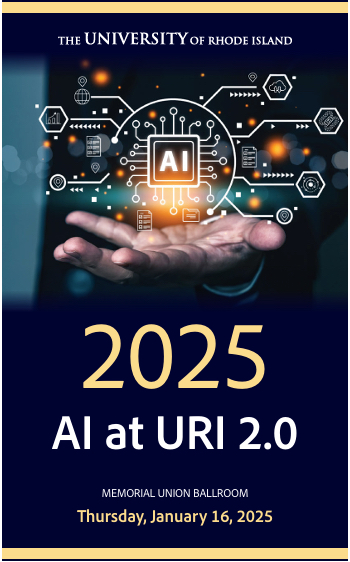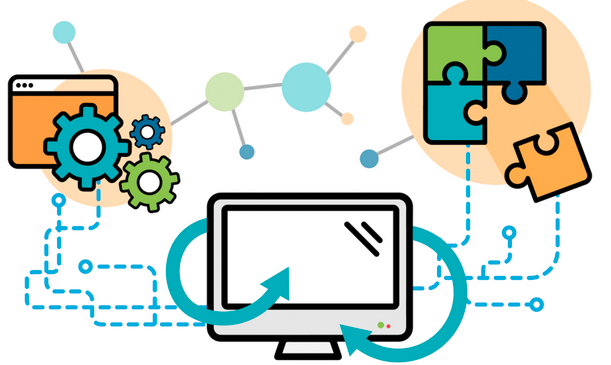URI faculty may apply to have 3rd party and external tools integrated into Brightspace. Here is the process.
URI IT provides robust connections between third-party tools and Brightspace so your courses can provide novel and engaging learning experiences.
Note that most LTI integrations in Brightspace are now version 1.3, so the below message relates to that version.
Faculty wishing to integrate a tool into Brightspace may view the process, the step-by-step guide, and can access the application at this link: https://its.uri.edu/services/94530c3f5458461a0009654227972125b3e8f9abd6/brightspace-integrations/
Each application is reviewed by a committee of faculty and staff. Some of the factors in that review are (though not limited to these):
- Copyright protection of faculty and student content
- Student/faculty privacy
- Protection of private data
- ADA compliance and accessibility
- System usability, constraints, and limitations
- Similarity to existing integrations or Brightspace functionality
Upon approval, IT will implement and integrate the tool into the LMS for faculty and student use. This won’t affect current tools which will continue to function as normal. Note that depending on the queue of tools already approved and the complexity of each tool, the implementation time of a new tool can take anywhere from 6-weeks to 6 months.
All questions, inquiries and requests for help can be submitted as a service desk ticket, and someone will reach out to speak with you: https://rhody.service-now.com/sp
About LTIs
Integrating third party applications into URI’s learning management system (LMS), Brightspace, provides faculty and students with new and exciting ways to engage with their learning. These integrations are often accomplished using the Learning Tools Interoperability, more commonly called LTI, standard.
LTI integrations offer enhanced security, streamlined administration, and valuable data sharing between Brightspace and a third party application. For a number of years, LTI has used a standard called 1.1. This standard allowed for a basic set of functions…streamlined student logins, links to content, grade pass-back…and a baseline level of security. LTI’s newest standard is called 1.3. This upgraded standard builds upon the strengths of LTI 1.1, but offers a significantly more modern security framework, protecting student and faculty data as it passes between systems. On top of LTI 1.3 are a set of tools called LTI Advantage. LTI Advantage leverages all of the security capabilities of LTI 1.3 but adds functional improvements such as:
- Automated roster creation. Not only will you be able to see which students are in your class, but you’ll be able to see who has registered with the third party tool.
- Enhanced assignments and grades. Instead of passing a single numeric grade back to Brightspace, LTI Advantage lets faculty see the status of an assignment.
- Deep Linking. This allows faculty to set up links to specific parts of a third party tool (a chapter in a book for example), where LTI 1.1 only allowed links to the tool as a whole.
It’s important to note that not every third party application supports every function described here. Some only offer LTI 1.1 connections, others LTI 1.3, and some offer a combination of LTI Advantage enhancements. After a requested integration is approved, the IT Teaching and Learning Services (TLS) team will collaborate with the vendor and configure the integration to leverage all available tools.
Please connect with the TLS team via a Service Desk ticket to begin your conversation about enhancing your courses with LTI integrations.
Brightspace Integrations
TLS manages the integration of 3rd party tools, plugins, LTIs and software integrations into Brightspace.
In order to protect students, faculty, and our institution and to ensure the integrity of the learning management system and compliance with federal regulations, URI thus performs a standard review of all third party tools prior to integration.
Create and submit a Brightspace integration application
Sources:
Clark, J. (2023, September 1). What is LTI advantage? – edlink. Edlink Community. https://ed.link/community/lti-advantage/#:~:text=LTI%20Advantage%20is%20a%20set,Deep%20Linking.
Clark, J. (2023a, March 8). LTI advantage explained – Edlink. Edlink Community. https://ed.link/community/eli5-lti-advantage/
Learning tools interoperability. Learning Tools Interoperability | IMS Global Learning Consortium. (n.d.). https://www.imsglobal.org/activity/learning-tools-interoperability







